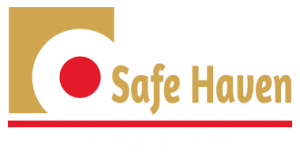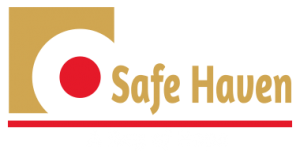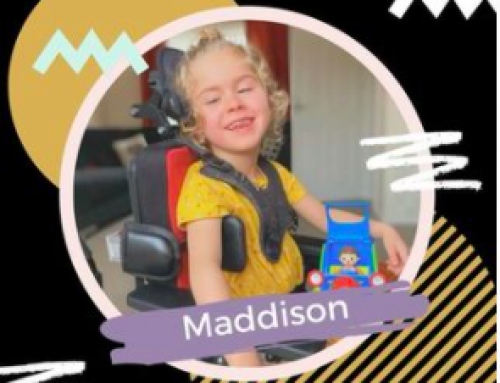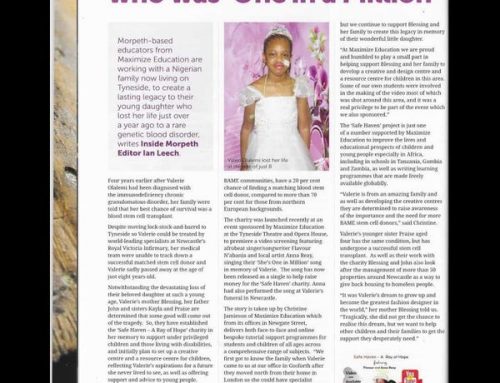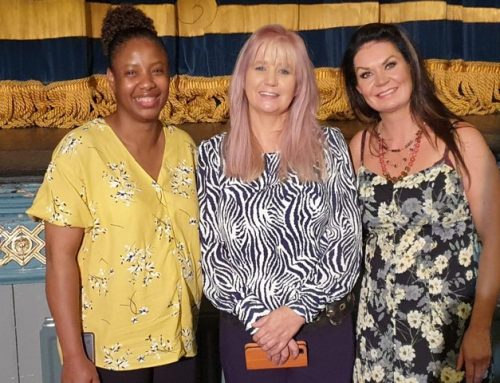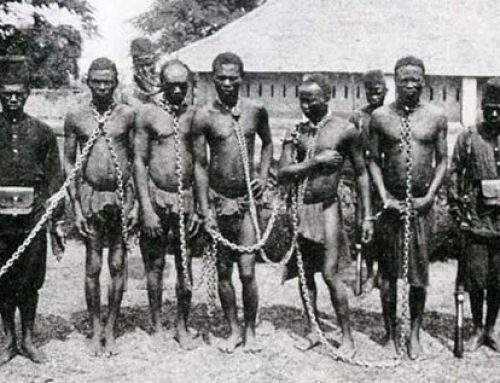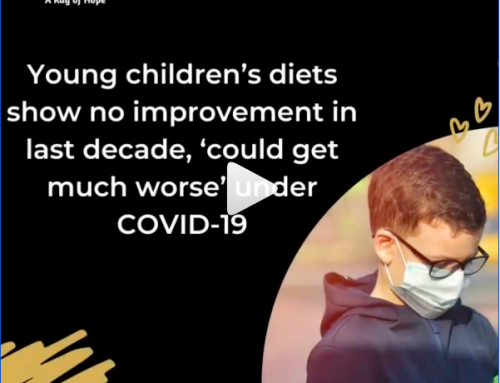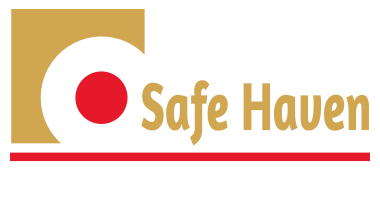Disability can occur at three levels:
-An impairment in body function or structure,
-A limitation in activity, such as the inability to read or move around;
-A restriction in participation, such as exclusion from school.
Children with disabilities include those with health conditions such as cerebral palsy, spina bifida, muscular dystrophy, traumatic spinal cord injury, Down syndrome, and children with hearing, visual, physical, communication and intellectual impairments.
It is important to acknowledge that children with disabilities rarely think of themselves as disabled. Therefore working with children with disabilities requires carefully tailored approaches. They are children first and aspire to participate in normal family and peer-group activities.
WHO and the World Bank
estimate that more than a billion people live with some form of disability, which equates to approximately 15% of the worlds population. Existing prevalence estimates of childhood disability varies.
The Convention on the Right of Children applies to all children in the world, including children with disabilities. It spells out the basic human rights that every children have: the right to survival, the right to education, to develop to the fullest; to protection from harmful influences, abuse and exploitation; and to participate fully in family, cultural and social life. It also recognizes the importance of family assistance and support.
Safe Haven-a Ray of Hope strives to ensure that children with disabilities enjoys human rights as other children, to consider their best interests and to ensure they are able to express their view.
